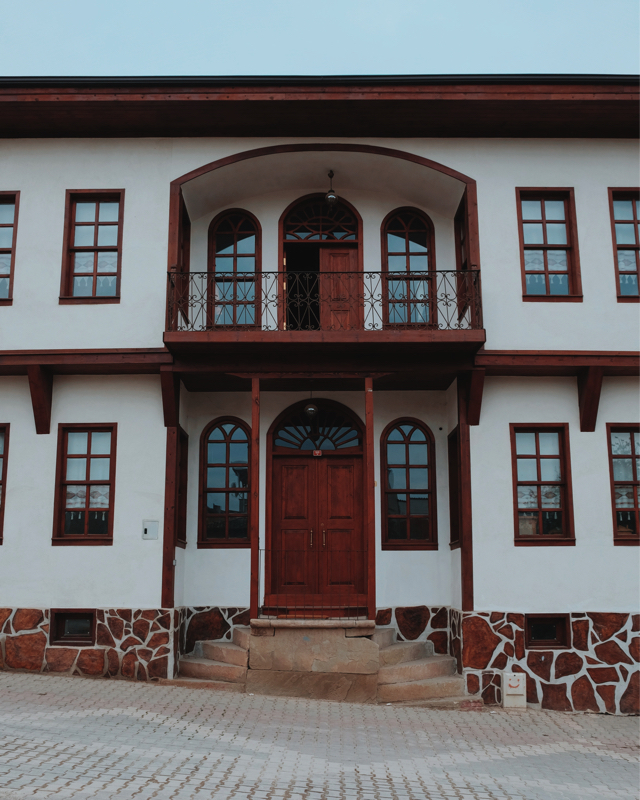
Awnings are popular additions to homes and businesses, offering shade, protection from the elements, and aesthetic appeal. When investing in an awning, it’s important to consider its durability to ensure it can withstand various weather conditions and provide long-lasting functionality. In this article, we will explore the durability of awnings, discussing the factors that contribute to their strength, resilience, and longevity. By understanding these aspects, you can make an informed decision when selecting an awning and properly maintain it to maximize its durability.
Materials Used:
The durability of an awning is influenced by the materials used in its construction. Common materials for awnings include fabric, metal (such as aluminum or steel), and vinyl. High-quality, weather-resistant fabrics like acrylic or polyester are often used, as they are durable, fade-resistant, and can withstand exposure to sunlight and moisture. Metal awnings, particularly aluminum, are known for their durability, corrosion resistance, and structural strength. Vinyl awnings offer durability, low maintenance requirements, and excellent resistance to moisture and UV rays. Consider the material options available and select one that suits your specific needs and the climate conditions in your area.
Frame Construction:
The frame construction of an awning significantly impacts its durability. A strong and well-built frame provides stability, support, and resistance against wind, rain, and other external forces. Metal frames, such as those made from aluminum or steel, are renowned for their durability and ability to withstand harsh weather conditions. Look for awnings with sturdy joints and properly welded or reinforced connections.
Weather Resistance:
Awnings are exposed to various weather elements, including sun, rain, wind, and snow. The ability of an awning to withstand these conditions is crucial for its durability. High-quality awnings are designed to be weather-resistant. Fabrics treated with protective coatings are often used to enhance water repellency and resistance to fading and mildew. UV-resistant materials can withstand prolonged exposure to sunlight without deteriorating. Look for awnings with appropriate water-resistant and UV protection features to ensure their durability.
Maintenance and Care:
Proper maintenance and care play a vital role in extending the durability of awnings. Regular cleaning, following the manufacturer’s instructions, is essential to prevent dirt, debris, and mold buildup. Remove any accumulated snow or ice during winter to avoid excessive weight on the awning and potential damage. Promptly address any tears, loose stitching, or hardware issues to prevent further damage. Additionally, retractable awnings should be appropriately stored during severe weather conditions or when not in use for extended periods to protect them from potential harm.
Installation Quality:
The durability of an awning is also influenced by the quality of its installation. Improper installation can lead to structural weaknesses, instability, and premature wear. It is crucial to hire experienced professionals or follow detailed installation instructions if you opt for a DIY approach. Ensure that the awning is securely anchored and properly tensioned to withstand wind loads. Regularly inspect the installation for any signs of loosening or damage and make necessary adjustments promptly.
Usage and Environment:
The usage and environment in which an awning is placed can impact its durability. Awnings exposed to constant sunlight, strong winds, or heavy rainfall may experience more wear and tear compared to those in less extreme conditions. Consider the climate and weather patterns in your area when selecting an awning. Retractable awnings offer the advantage of being able to retract during severe weather conditions, providing additional protection and extending their lifespan.
Conclusion:
Awnings can be durable and provide long-lasting functionality when constructed with high-quality materials, sturdy frames, and proper installation. Consider the materials used, frame construction, weather resistance features, and maintenance requirements when selecting an awning. Regular cleaning, maintenance, and prompt repairs are vital to maximizing durability. By making an informed choice, following proper care guidelines, and addressing any issues promptly, you can ensure that your awning withstands the test of time, providing shade, protection, and aesthetic appeal for years to come.
